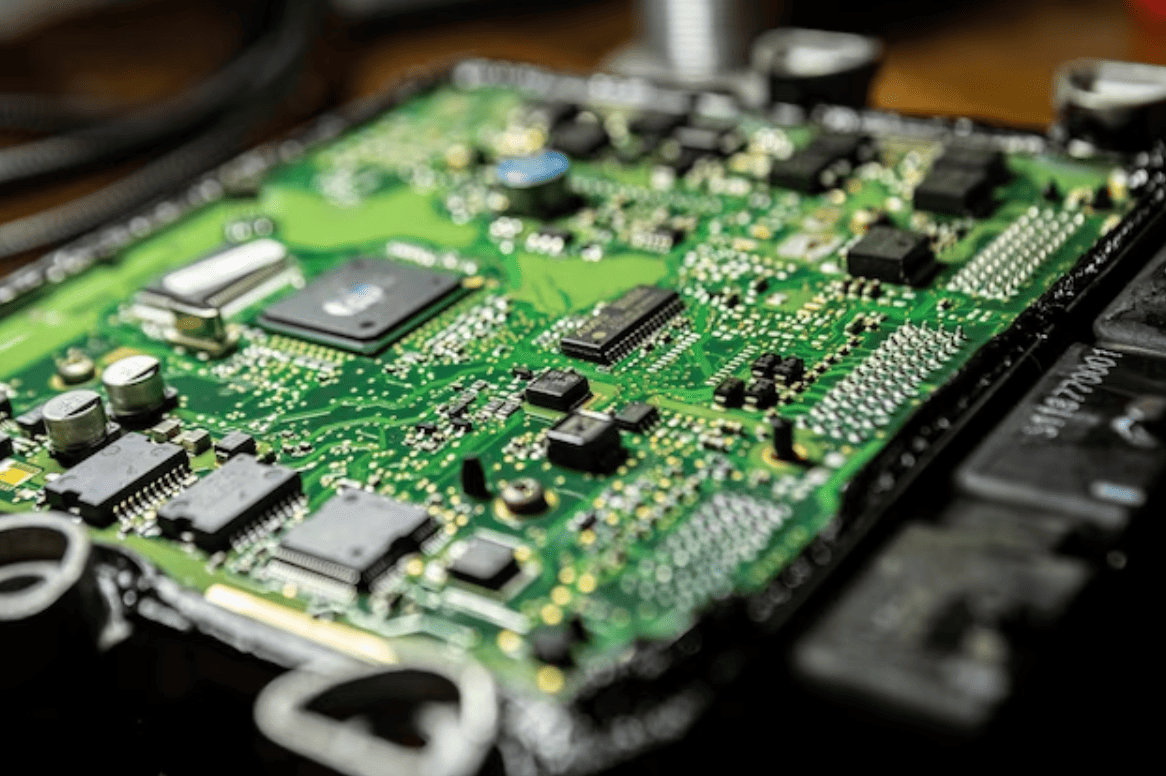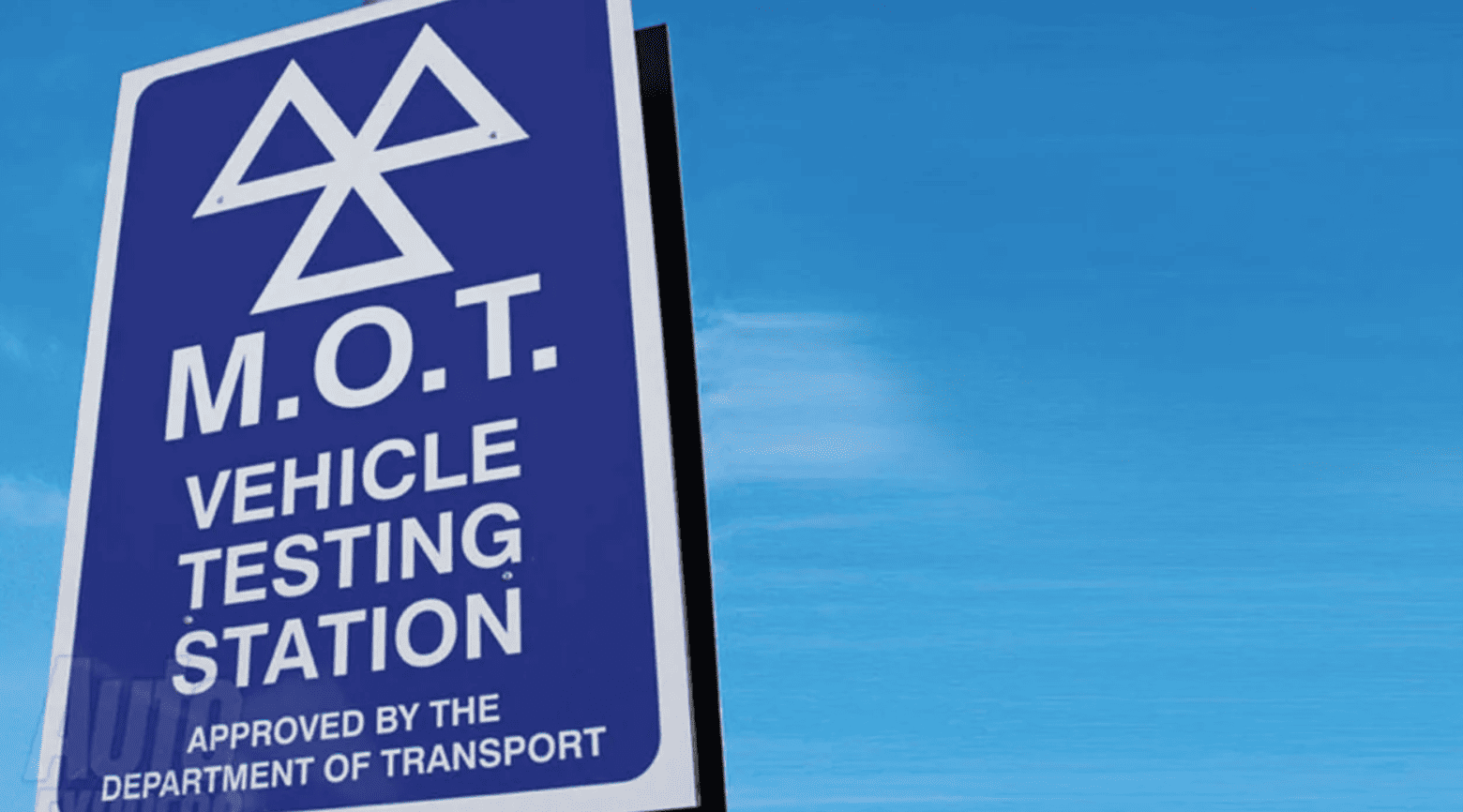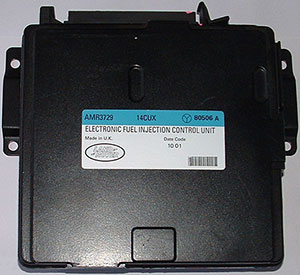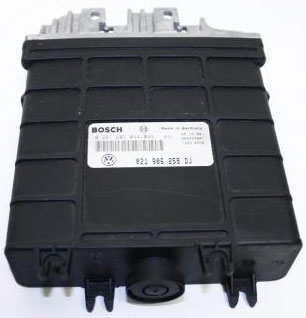The Engine Control Unit (ECU) is a critical component in modern vehicles that plays a crucial role in monitoring and regulating engine performance. However, like any electronic system, ECUs are prone to encountering problems that can disrupt the smooth operation of a vehicle. In this article, we will explore the most common ECU problems encountered by vehicle owners in the United Kingdom. Understanding these issues will enable you to identify symptoms. Take timely action, and seek professional help from ECU repair experts. To ensure the optimal performance and reliability of your vehicle.
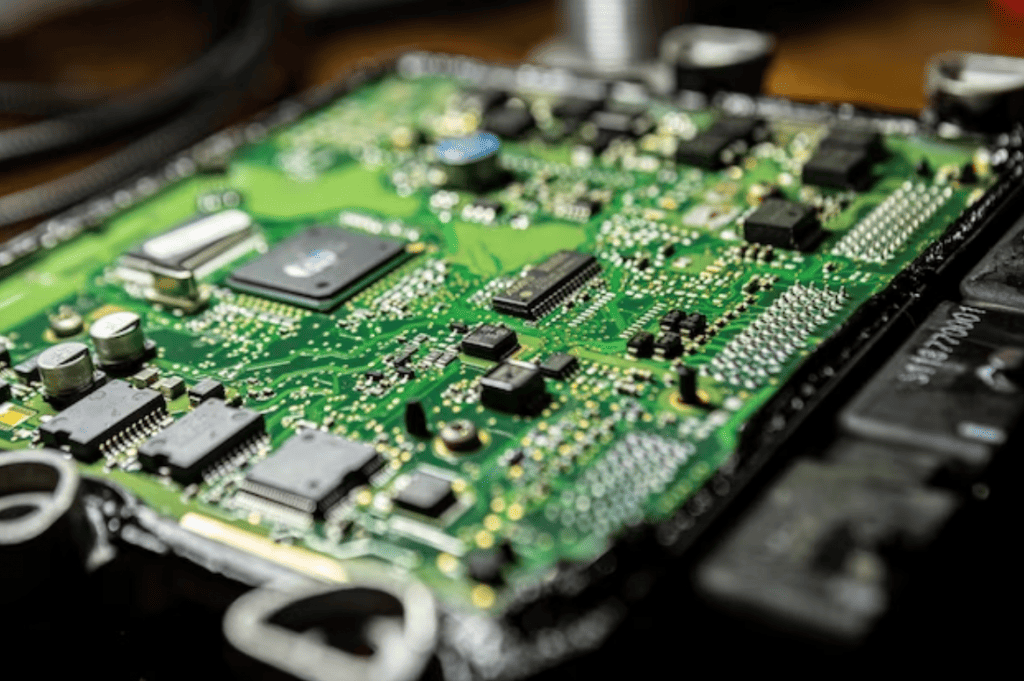
The Engine Control Unit, commonly known as the ECU, is an electronic component. That controls various aspects of a vehicle’s operation. It receives inputs from various sensors scattered throughout the vehicle, processes this data, and then sends commands to different systems. Such as the fuel injection, ignition, transmission, and emission control systems. The ECU’s primary function is to optimise engine performance, ensure fuel efficiency, and minimise harmful emissions.
Sensor Failures
One of the most prevalent issues affecting ECUs is sensors. Engine Control Units rely on various sensors to monitor engine parameters. Such as temperature, airflow, and oxygen levels, to make critical decisions regarding fuel injection, ignition timing, and other engine functions. When a sensor fails or provides inaccurate readings, it can lead to a variety of performance problems. This section will delve into some common sensor failures, including faulty oxygen sensors, mass airflow sensor malfunctions, and coolant temperature sensor issues. We will discuss the symptoms associated with each failure and the potential impact on engine performance.
Wiring and Connector Problems
Another frequent cause of Engine Control Unit problems is wiring and connector issues. The wiring harnesses and connectors that link the ECU to various components can be susceptible to wear and tear. Corrosion, or damage from environmental factors. This section will highlight the importance of maintaining the integrity of the wiring system and discuss the consequences of damaged or loose connections. Additionally, we will explore how faulty wiring can lead to intermittent issues and sporadic engine malfunctions. Tips for identifying and resolving wiring and connector problems will be provided. Emphasising the importance of visual inspections, wiring harness integrity, and secure connections.
Software Glitches and Malfunctions
As vehicles become increasingly reliant on software systems, software glitches and malfunctions can pose significant challenges to the proper functioning of ECUs. This section will discuss the potential causes of software issues, such as firmware bugs, compatibility problems, or programming errors. We will explain the symptoms that may indicate software-related ECU problems. Such as sudden engine stalling, loss of power, or abnormal warning messages on the instrument cluster. Furthermore, we will explore the importance of regularly updating ECU software to address known bugs and improve performance.
Engine Control Unit Power Supply and Grounding Problems
ECUs require a stable power supply and proper grounding to function optimally. Power supply issues, such as voltage fluctuations, inadequate current delivery, or faulty relays, can adversely affect the ECU’s operation. Similarly, insufficient or poor grounding can lead to erratic behaviour and system malfunctions.
The Engine Control Unit (ECU) plays a vital role in modern vehicles, serving as the “brain”. That governs the engine’s performance and various systems. While ECUs are designed to be reliable, they are not immune to issues that can affect the vehicle’s performance. Fuel efficiency, and overall driving experience. In this comprehensive blog, we will explore some of the most common ECU problems faced by vehicle owners, understand their symptoms, and diagnose the root causes. And explore possible solutions to ensure smooth and trouble-free driving.
Common Symptoms of Engine Control Unit Problems
When the ECU experiences issues, it can manifest in various ways. Here are some common symptoms that indicate potential ECU problems:
- Check Engine Light (CEL) Illumination: The Check Engine Light turning on is one of the most common indicators of an ECU issue. It can be triggered by various problems within the engine or its systems.
- Engine Misfires: Misfires occur when the engine fails to combust fuel in one or more cylinders. This can lead to rough idling, decreased power, and increased exhaust emissions.
- Reduced Fuel Efficiency: A malfunctioning ECU may not be able to optimize fuel delivery properly, leading to reduced gas mileage.
- Stalling or Rough Idling: If the ECU fails to regulate the engine’s idle speed correctly, it may lead to stalling or rough idling.
- Sudden Loss of Power: An ECU problem can cause intermittent power loss, making it challenging to accelerate or maintain a constant speed.
- Transmission Issues: Faulty ECU communication can lead to problems with the vehicle’s transmission, such as harsh shifts or failure to shift gears.
Common Causes of ECU Problems
Understanding the root causes of ECU problems is crucial to diagnose and address them effectively. Here are some common causes:
- Sensor Malfunctions: Many ECU issues stem from faulty sensors, such as the oxygen sensor, crankshaft position sensor, or mass airflow sensor.
- Wiring Problems: Damaged or corroded wiring can disrupt the communication between the ECU and various vehicle sensors.
- Software Glitches: Like any computer system, the ECU’s software can experience bugs or errors that affect its performance.
- Electrical Issues: Voltage spikes or drops can harm the ECU and other electronic components, leading to malfunctions.
- Water Damage: Exposure to water or excessive moisture can damage the ECU and cause erratic behaviour.
- Improper Modifications: Aftermarket modifications, such as performance chips, if not installed correctly, can interfere with the ECU’s normal operations.
Diagnosing ECU Problems
Properly diagnosing ECU problems requires specialised diagnostic tools and expertise. Here are some steps involved in diagnosing ECU issues:
- OBD-II Scanner: A diagnostic scan tool is used to retrieve trouble codes stored in the ECU’s memory. These codes provide valuable information about the nature of the problem.
- Live Data Stream: The ECU’s live data stream allows technicians to monitor various sensor readings and compare them to expected values.
- Wiring Inspection: Technicians must inspect the vehicle’s wiring for damage.
Solving Engine Control Unit Issues
Electronic Control Unit (ECU) issues can be challenging to diagnose and fix, as they can stem from various causes. The ECU is a critical component in modern vehicles that controls various systems, such as the engine, transmission, and emissions. Here are some general steps you can take to address ECU issues:
- Check for Error Codes: Modern vehicles are equipped with an On-Board Diagnostics II (OBD-II) system, which stores error codes when an issue arises. You can use an OBD-II scanner to read these codes and get an initial idea of what might be wrong.
- Inspect Wiring and Connections: Often, electrical problems can cause ECU issues. Check for loose or damaged wiring, corroded connections, and any visible signs of damage.
- Battery Check: Make sure the battery is in good condition and has sufficient charge. A weak or dying battery can cause erratic behaviour in the ECU.
- Software Update: In some cases, a manufacturer may release software updates for the ECU to address known issues or improve performance. Check with the vehicle manufacturer or a trusted mechanic to see if an update is available for your vehicle.
- Reset Engine Control Unit: Sometimes, a temporary glitch can cause ECU issues. Resetting the ECU may resolve minor problems. To do this, disconnect the negative terminal of the battery, wait for a few minutes, and then reconnect it.
- Clean or Replace Sensors: Faulty sensors can provide incorrect information to the ECU, leading to problems. Clean or replace sensors like the oxygen sensor, mass airflow sensor, or throttle position sensor if needed.
- Check Ground Connections: Ensure that all ground connections are clean and secure. Bad ground connections can cause electrical issues.
- ECU Replacement or Repair: If all else fails, and the ECU is determined to be the problem, you may need to replace or repair it. This is best done by a qualified mechanic or dealership, as the ECU often requires programming and calibration to match the specific vehicle.
- Consult a Professional: If you are not confident in diagnosing or fixing the issue yourself, it’s best to bring your vehicle to us at ECU Repairs.
Remember, ECU issues can vary widely, and there is no one-size-fits-all solution. It’s essential to diagnose the problem accurately before attempting any repairs or replacements.
